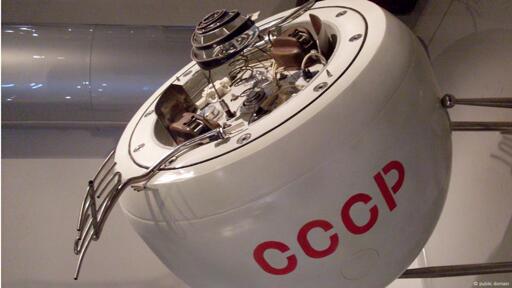A probe launched from the Soviet Union more than five decades ago has plummeted back to Earth, splashing down in the Indian Ocean. Kosmos 482 had been bound for Venus but never reached its destination.
Russian space agency Roscosmos on Saturday said a Soviet space probe that took off in March 1972 to explore the planet Venus crashed into the Indian Ocean.
Planetary lander Kosmos 482 never made it to Earth’s sister planet because it was dragged off course after a malfunction in its launch vehicle’s upper stage.



Sure, if you can get it down, let alone in one piece. It’s unreachable and uncontrollable. It’s a hazard to space navigation.
Well, it was, until it deorbited, anyway. Now it’s returned to the dust it was made from. (I doubt any parts made it down intact.)
The lander most probably made it down in one piece. It was designed to survive an atmospheric entry on Venus and from interplanetary speeds. It almost certainly survived a reentry into Earth from a low orbit. That being said, it probably shattered in the splashdown due to the parachute not deploying.
From wikipedia:
So maybe the main body of the landing module made it down, but it’s extremely unlikely that it would have maintained the correct orientation. And any part that didn’t burn up was surely obliterated in the impact.